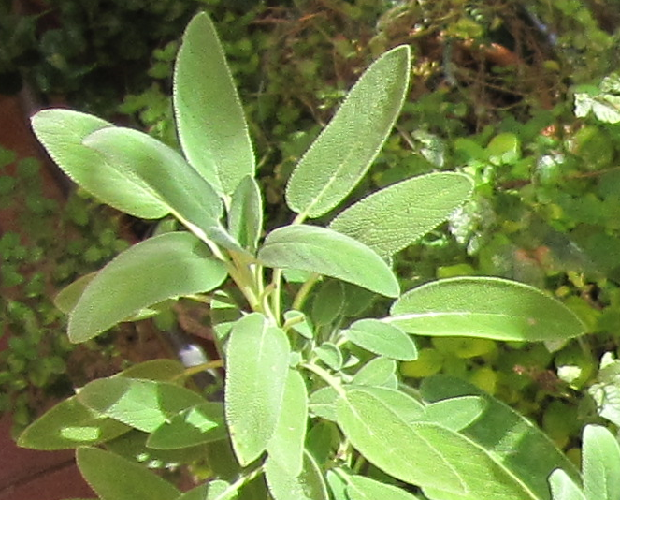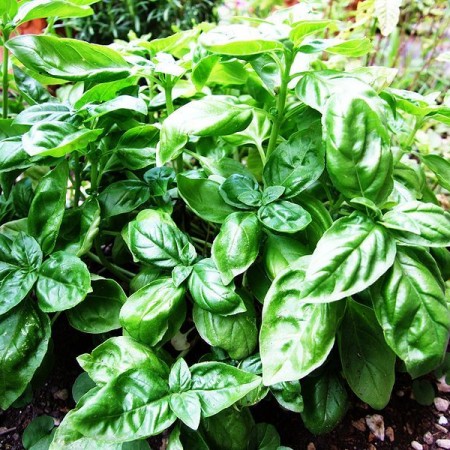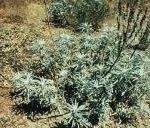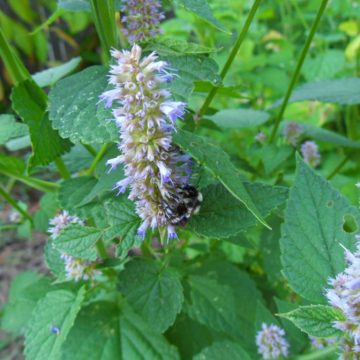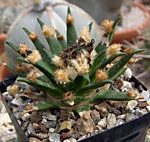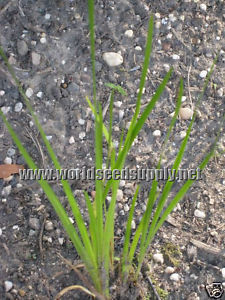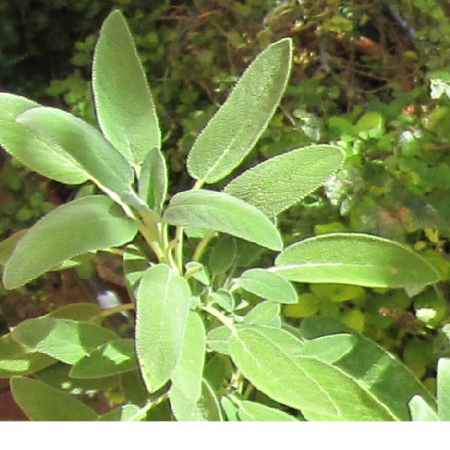Description
Salvia officinalis, or Common Sage, is one of the most common culinary herbs in the U.S. as well as in the United Kingdom. Sage is a perennial evergreen shrub with attractive fuzzy leaves that are rich in aromatic essential oil. Sage, like most other salvia species, does make a great ornamental plant. Sage even has stalks of light purple flowers that would fit right into landscaping arrangements and flower beds. So even if you’re growing it for the kitchen, why not maximize the plant’s full potential? Sage leaves can be used fresh, frozen or dried as a spice or to make an herbal tea. Sage can help stimulate digestion like other members of the mint family. Sage can also induce mild relaxation and help calm the muscles. These properties give sage a wide range of applications. Additionally, sage has anti-bacterial, antiseptic and anti-inflammatory properties. Sage can also be a beneficial companion plant in your garden. Sage’s high essential oil content repels many insects. Planting sage in your garden can also help the productivity of carrots, beans, tomato, strawberries, Brussels sprouts, mustard greens, broccoli, cauliflower, broccoli rabe, marjarom, cabbage and rosemary. You can even add sage leaves to your compost pile to help speed up the process. As with all of our seeds, we offer NON-GMO sage seeds.
Growing Information: Sage can be started indoors as early as 6 to 8 weeks before the last frost or outdoors once the weather has warmed. Optimal germination occurs when the soil is between 60 and 70 degrees Fahrenheit. Sow the seeds about ¼ deep in a sandy loamy soil. Keep the soil moist and be sure to water the young plants well. The plants will grow perennially in zones 5 to 9. You should replace existing plants after five years for the best quality dried herb. But you can propagate new plants from stem cuttings. The leaves can be harvested as needed, although you should be careful not to overharvest in the first year while the plant is establishing itself. In successive years, you can harvest sage leaves as needed throughout the season and top 2/3 of the plant in the fall. Store the collected leaves either dried or frozen.
In purchasing, international buyers agree to assume the risk of arrival of all items. We cannot replace lost or seized items. You will be required to confirm that you agree to these terms before items can be sent.

